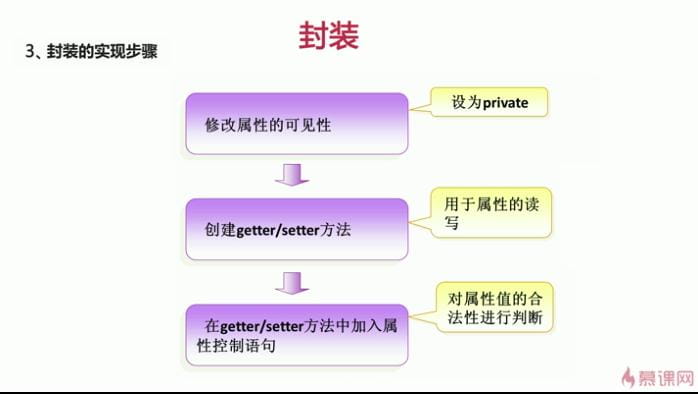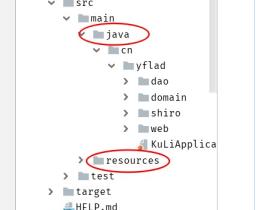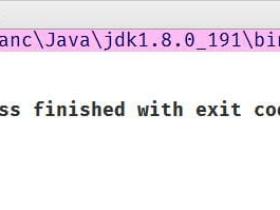文章源自亦枫博客-https://yflad.cn/2010.html
1、定义
- 将类的某些信息隐藏在类内部,不允许外部程序直接访问
- 通过该类提供的方法来实现对隐藏信息的操作和访问
- 隐藏对象的信息
- 留出访问的接口
文章源自亦枫博客-https://yflad.cn/2010.html
2、封装的特点:
1)只能通过规定的方法访问数据文章源自亦枫博客-https://yflad.cn/2010.html
2)隐藏类的实例细节,方便修改和实现文章源自亦枫博客-https://yflad.cn/2010.html
文章源自亦枫博客-https://yflad.cn/2010.html
3、封装的好处:
- 将变化隔离
- 方便使用
- 提高复用性
- 提高安全性
文章源自亦枫博客-https://yflad.cn/2010.html
4、封装的实现:
对外提供 pulbic 修饰的 getXX() 和 setXX()文章源自亦枫博客-https://yflad.cn/2010.html
1)封装首先会通过[code]private[/code]私有化变量,限制对类属性的访问文章源自亦枫博客-https://yflad.cn/2010.html
2)对每个值属性提供对外的公共方法访问,也就是创建一对赋取值方法,用于对私有属性的访问文章源自亦枫博客-https://yflad.cn/2010.html
package com.yflad.oop; /** * java中的封装思想 */ public class Person { //私有的成员变量 private String name; private int age=16; //其它类要想访问本类的属性,需要对外提供一个公共的方法 public String getName() { return name; } public void setName(String name) { this.name = name; } public int getAge() { return age; } public void setAge(int age) { this.age = age; } }
文章源自亦枫博客-https://yflad.cn/2010.html
3)调用文章源自亦枫博客-https://yflad.cn/2010.html
package com.auto.privatedemo;
public class TestPerson {
public static void main(String[] args) {
Person p=new Person();
p.setName("李四");
String name=p.getName(); //通过get方法获取属性
System.out.println(name);
}
}文章源自亦枫博客-https://yflad.cn/2010.html 文章源自亦枫博客-https://yflad.cn/2010.html
继续阅读
扫扫关注公众号

我的微信
扫扫体验小程序

我的公众号






